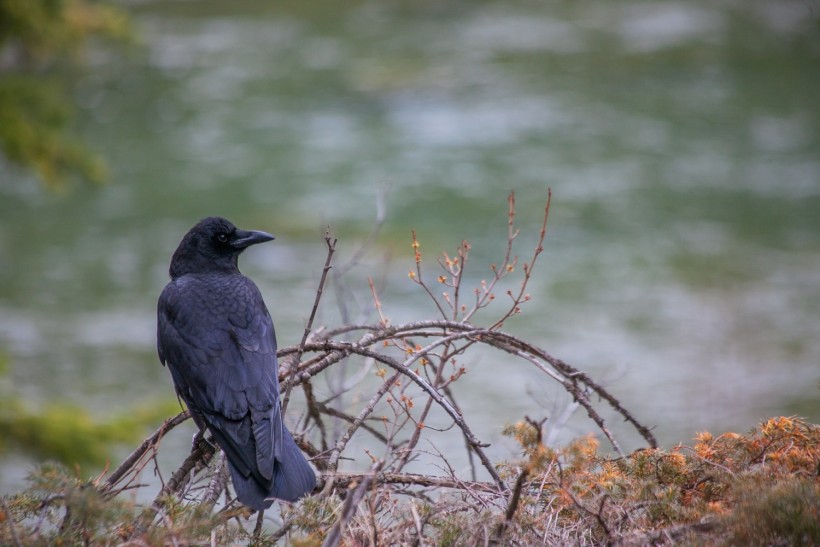Throughout the animal kingdom, many species migrate across relatively large distances motivated by various factors such as changing seasons, searching for food, and mating. Among many families of animals, such as insects and higher vertebrates, a form of migration known as partial migration appears to be a common phenomenon.

In partial migration, a portion of an animal population migrates while the other remains sedentary. It is common among several species of birds, although scientists are still baffled about how it works.
How Do Crows Migrate?
Among the many bird species, crows have gained the attention of scientists because they are known for being highly intelligent and adaptable. However, they are known for being sedentary since they are tough birds that migrate only if necessary.
In a 2018 study published by the American Ornithological Society Publications Office, a group of scientists from Hamilton College tracks the journey of American Crows (Corvus brachyrhynchos) during the winter. American crows are grouped into five subspecies: the eastern crow, western crow, northern crow, southern crow, and Florida crow. Of these groups, the eastern, western, and northwestern crows are most likely to migrate.
Andrea Townsend's research team captured crows in large winter flocks in New York, Utica, and Davis, California. These crows were fitted with satellite transmitters to monitor their movements and collect blood and feather samples. It was found that 73% of western crows and 86% of eastern crows migrated, with the longest journey recorded at 2800 kilometers. The western crows traveled approximately 589 kilometers, while the eastern crows traveled around 462.
The American crows that choose to migrate demonstrate high nesting and breeding ground fidelity, meaning they return to the same breeding territory during the spring season each year. Every year, they attempt to return to the same nest, which they will upgrade if necessary. They are also flexible about where they spend the winter from year to year. Meanwhile, the sedentary crows choose to remain in their territories year-round.
American crows can maintain a steady flight speed of up to 35mph. Unlike other migratory birds, such as geese and swans, crows prefer to take a relaxed approach where they stop for breaks during their journey. They like to remain close to the ground and stop regularly to feed and rest.
According to Townsend and her colleagues, the information they obtained from their study can serve as an important reference to track crows' migratory behaviors and how they are affected by various factors like climate change and urbanization.
READ ALSO: Are Crows the Smartest Birds on Earth?
Why Do Crows Migrate?
Most of the species of crows are hardy and can resist cold weather. Generally, crows are not friendly, but during the cold season, they often come together in wintering flocks of up to thousands of birds. This behavior allows communal roosting, where they stay safe in large numbers while sharing their body heat.
This means that, unlike other species of birds driven by winter, migration among crows is motivated by food sources. Since they primarily scavenge from the ground, they migrate when the ground freezes. If plenty of food is available throughout the year, the crow probably will not need to relocate.
RELATED ARTICLE: West Nile Virus Kills American Crow in Sacramento; What Happens If WNV Hits Humans?
Check out more news and information on Crows in Science Times.














